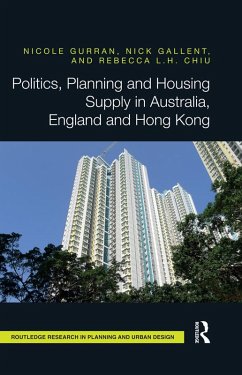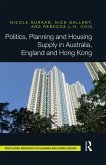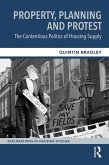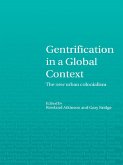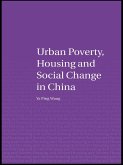Using a comparative framework, it asks:
- how different systems of urban governance and planning mediate the supply of land for housing;
- whether and how these system differences influence the location, quantity and price of residential land and the implications for housing outcomes;
- what can be learned from these different systems for allocating land, building consensus between different stakeholders, and delivering a steady supply of high quality and well located homes accessible to, and appropriate for, diverse housing needs.
This book frames each case study in a comprehensive examination of national and territorial frameworks before dissecting key local cases. These local cases - urban renewal and greenfield growth centres in Australia, new towns and strategic sites in England, and major development schemes in Hong Kong - explore how broader urban planning and housing policy goals play out at the local level. While the book highlights a number of potential strategies for improving planning and housing delivery processes, the real challenge is to give voice to a broader array of interests, reconstituting the political process surrounding planning and housing development to prioritise homes in well-planned places for the many, rather than simply facilitating investment opportunities for the few.
Dieser Download kann aus rechtlichen Gründen nur mit Rechnungsadresse in A, B, BG, CY, CZ, D, DK, EW, E, FIN, F, GR, HR, H, IRL, I, LT, L, LR, M, NL, PL, P, R, S, SLO, SK ausgeliefert werden.

